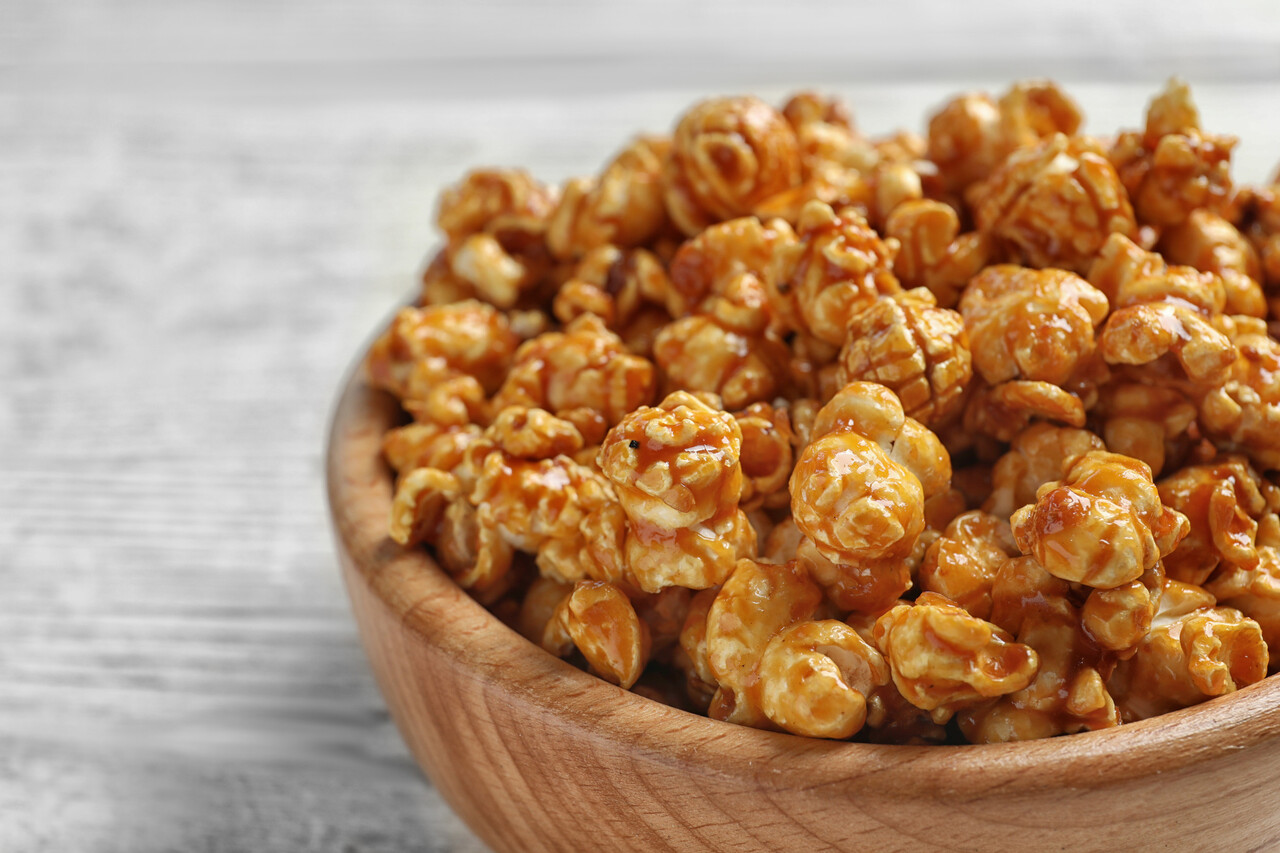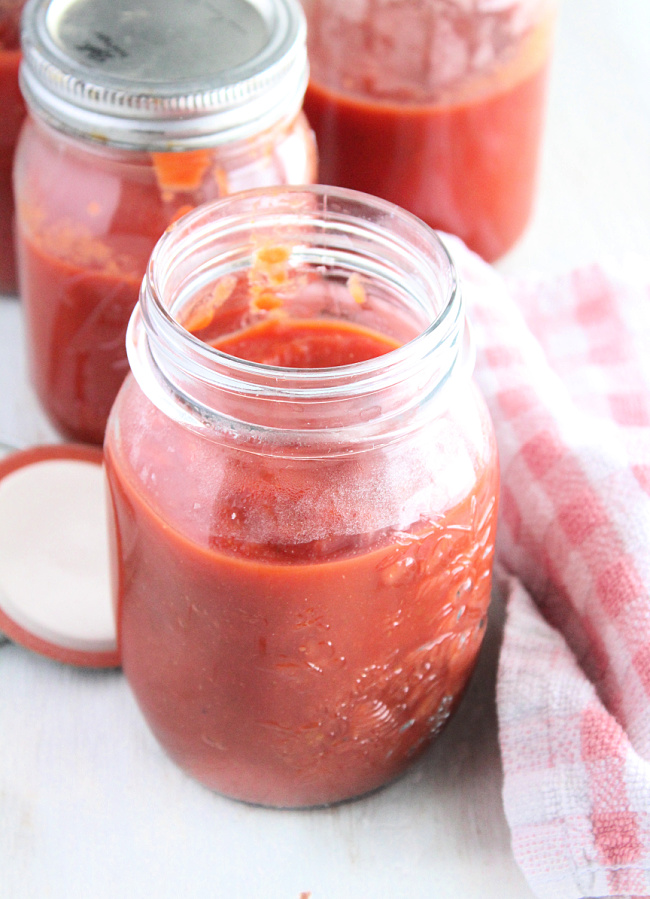13 Budget Pantry Upgrades Shoppers Say Are Worth It This Month

This post is for you if you’ve ever looked into your pantry and thought, “Something’s missing.” You don’t have to spend a lot of money to improve your pantry. You just need to make wise changes and little adjustments that will make a great difference in taste, nutrition, and ease. People believe that the 13 modifications you should make right now are things like better storage, smarter essentials, and flavor boosters that make simple recipes taste better. This is your “pantry glow-up” guide that will work in any kitchen, no matter where you live or how much money you have.
1. Swap plain white rice for whole grain or brown options
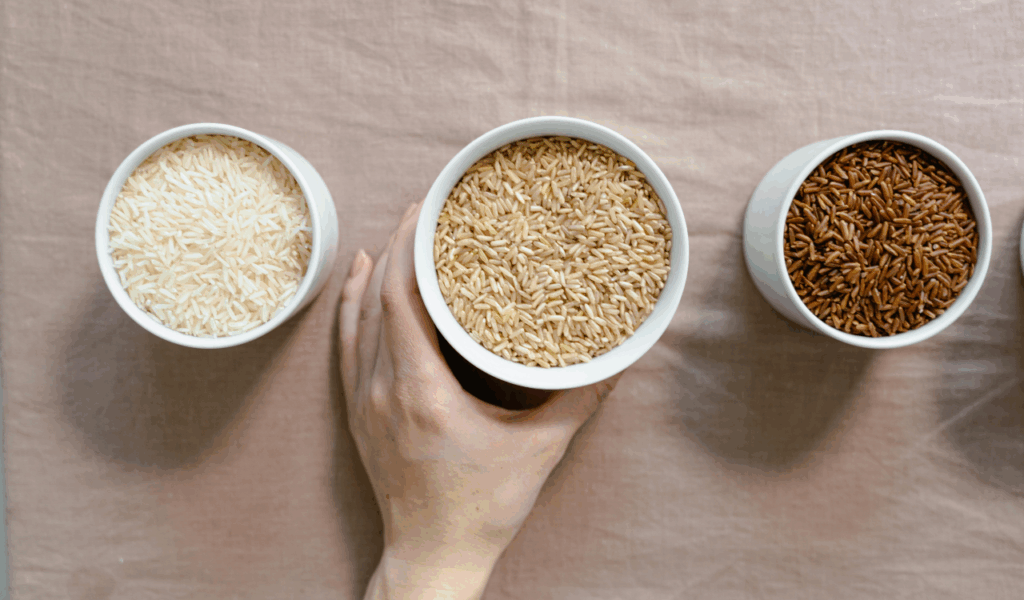
One of the easiest changes is to go from polished white rice to whole grain or brown rice. Shoppers swear by it. Whole-grain rice has more fiber, vitamins, and minerals than refined rice. These include magnesium, B vitamins, and antioxidants. It tastes nuttier, has a harder texture, and has a lower glycemic effect, which makes you feel fuller for longer. It costs a little more, but the health benefits are worth it. If you want it to be fluffy, add extra liquid and cook it for longer. A lot of shoppers see this as a little but important improvement.
2. Use airtight containers instead of old packaging
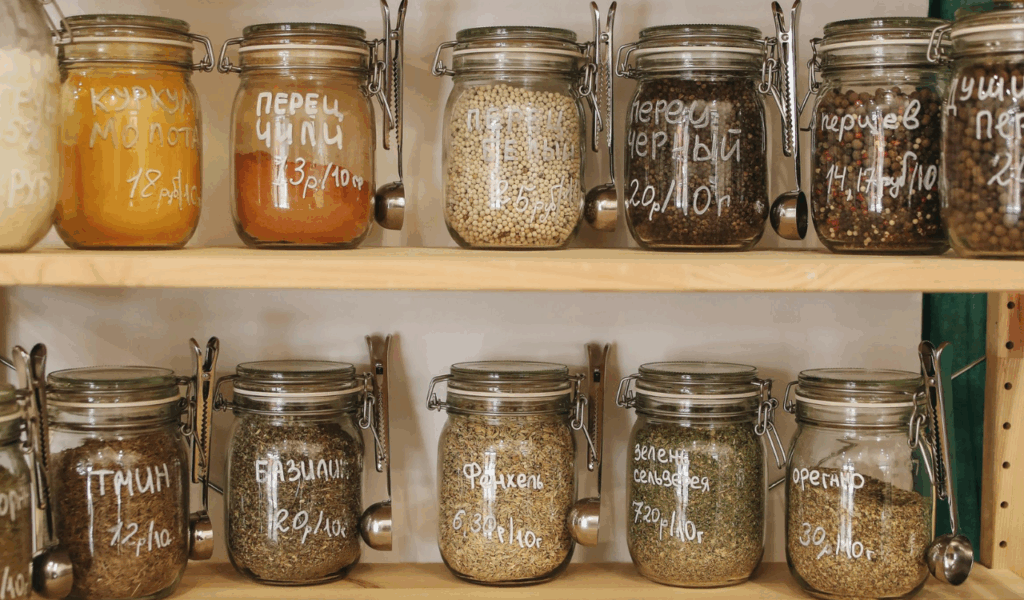
If you keep grains, flours, nuts, and pulses in their factory packing, you’re asking for trouble. Moisture, pests, and spoilage can all get in. Containers that are airtight and safe for food, such as glass jars with seals, high-quality BPA-free plastic, or steel canisters, keep food fresh and last longer. Oxygen, humidity, and bugs are the worst things that can happen to dry goods, so sealing them properly keeps them fresh and cuts down on waste. Many cooks who are careful with their money remark that this one improvement saved them money over time by reducing waste and spoilage.
3. Buy spices in small sizes but upgrade quality
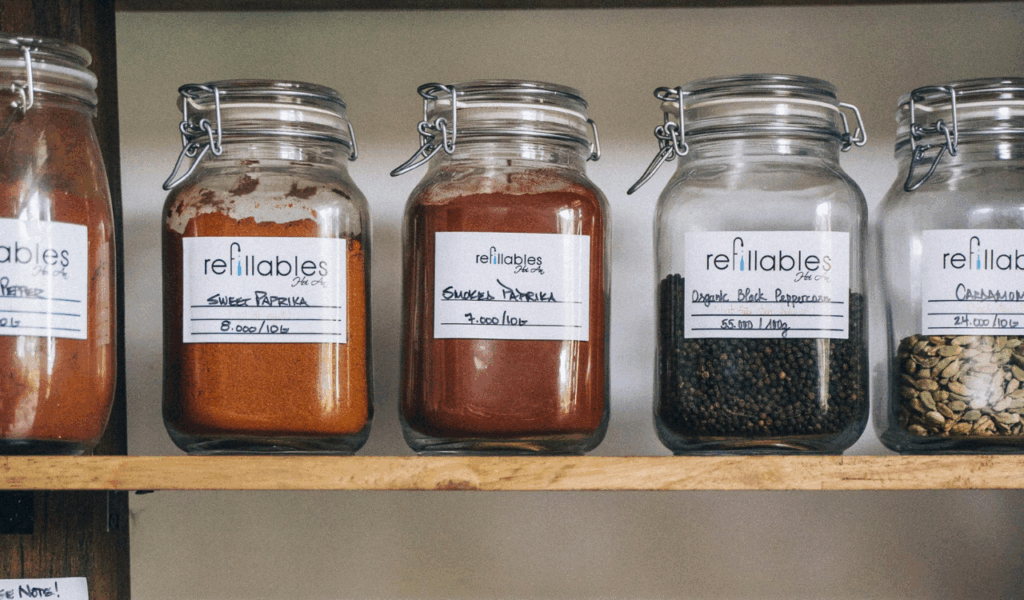
We usually buy cheap, dusty spice jars that lose their smell soon. A better option is to buy your most-used spices (such cumin, paprika, and cinnamon) in smaller amounts from a trusted brand or bulk spice store. Fresh, strong spices make food taste a lot better. If the air in your kitchen is really humid, put something in the jar that will soak up moisture, like a package of silica. Put older jars in front and write the date you bought them on the label. Customers say that this one change makes even simple rice, soups, and sautés taste better.
4. Add umami power with dried mushrooms or seaweed

Many individuals love adding a handful of dried shiitake mushrooms, dried porcini, or a strip of kombu/kelp to their pantry on a budget. These foods have a lot of umami, which makes even simple foods like beans, soups, stews, grains, and sauces taste better. Soak them in water, then utilize the soaking liquid as soup. They endure a long time, are sturdy on the shelf, and bring out deeper savory flavors. A lot of home cooks report that adding just one of these to their kitchen made dull dinners into meals they couldn’t stop thinking about.
5. Keep a multiuse sauce or paste ready
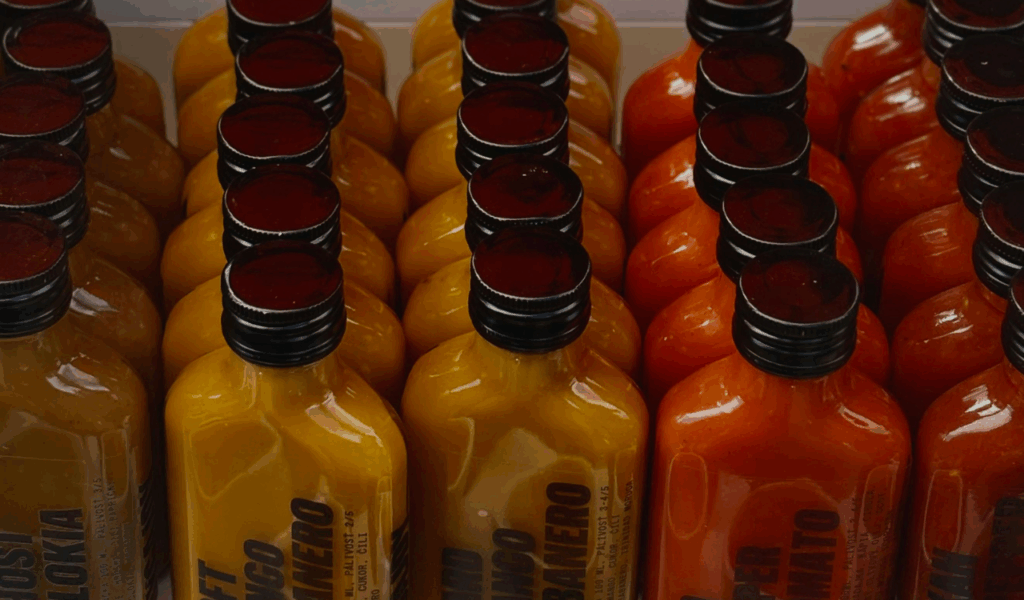
A “shortcut flavor booster” is something like tomato paste, miso paste, harissa, or chile paste that you can always use. You can add one of these pastes or sauces to soups, stews, gravies, sandwiches, noodles, and marinades to make them taste much better with very little work. People often call this a “insurance ingredient.” When you’re weary, short on time, or out of fresh produce, a spoonful of something with a lot of flavor can save a meal.
6. Upgrade your cooking oil selection
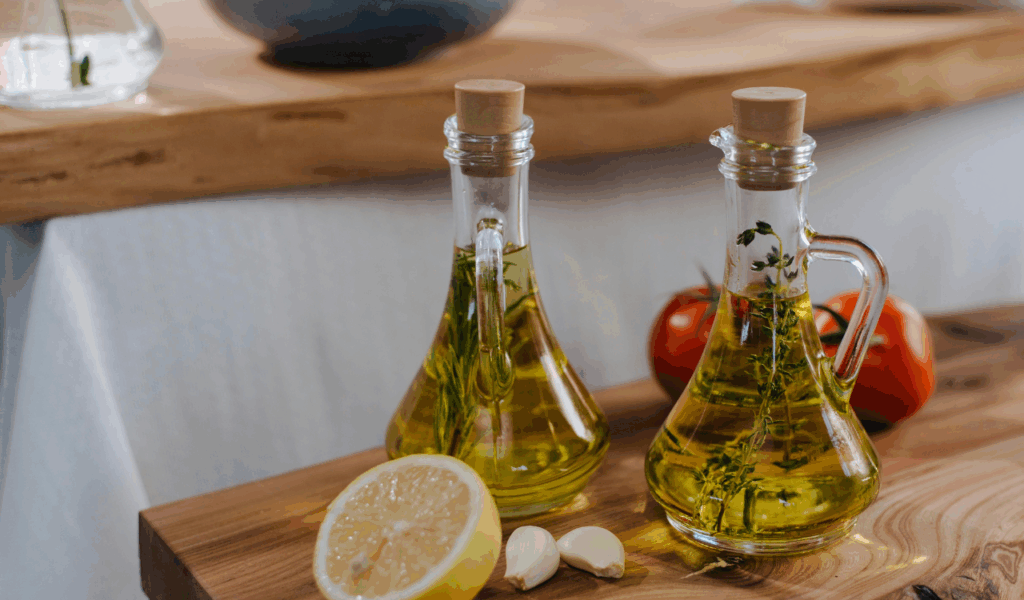
One basic cooking oil is used by most cooks. But using a high-quality extra virgin olive oil (or a cold-pressed nut or seed oil) for finishing, dressings, or cooking every now and then adds taste and health benefits. Use your less expensive oil, like refined vegetable or canola, for frying at high heat. Save the “nice” oil for drizzling at low heat. Many buyers claim that salads, sautés, and roasted veggies taste mu
ch better now, and even guests can tell the difference.
7. Replace refined sugar with a less refined sweetener
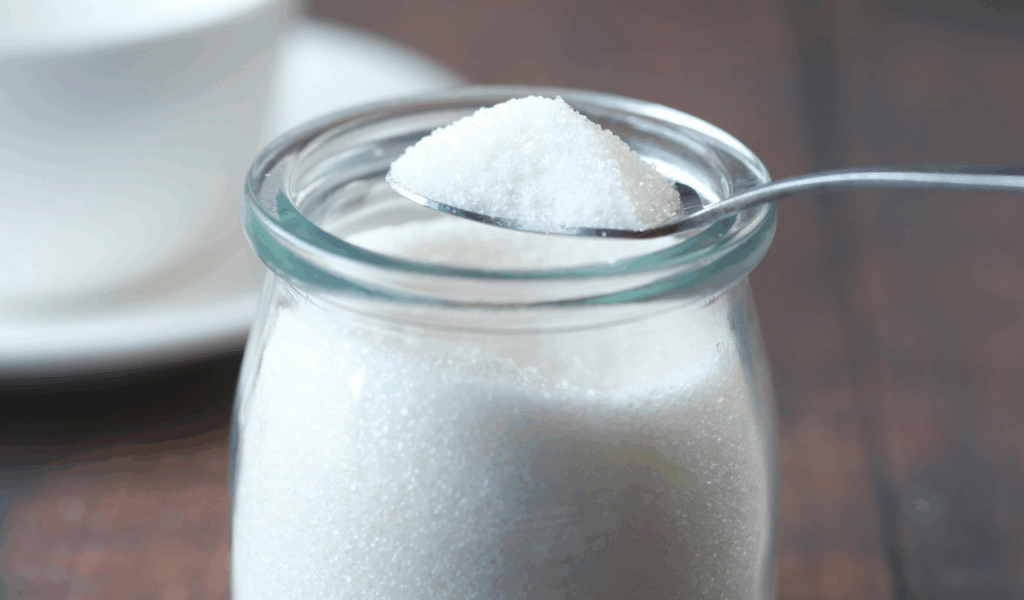
For semi-sweet foods, try using a less refined sweetener like cane sugar, coconut sugar, or unrefined brown sugar instead of plain white sugar. These have trace minerals, a richer flavor, and generally a more interesting profile, such hints of caramel. You can use it in sauces, marinades, or baking. You don’t have to replace all the sugar, but a lot of people say that cutting the sugar in half in a dish like this makes it taste better without adding a lot of extra money.
8. Embrace dried legumes and pulses
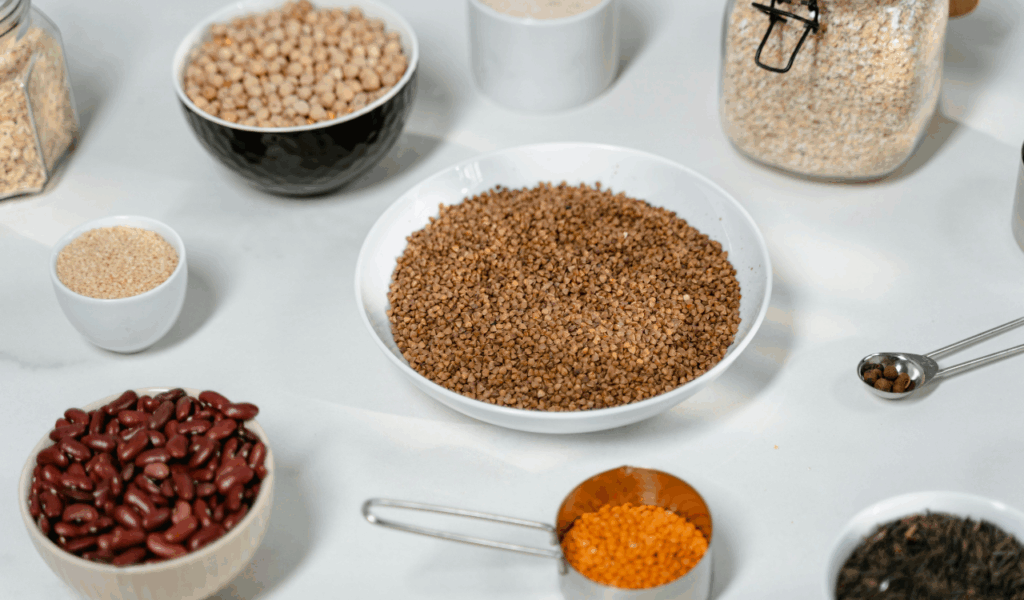
Canned beans are easy to use, but many frugal cooks prefer dry legumes including beans, lentils, and chickpeas. They are cheaper per serving, let you customize the salt and texture, and they last a long time when stored correctly. You can soak or pressure cook them in bulk and then freeze them in portions that you can use. Pulses are high in protein, fiber, and vitamins. Many customers indicate that when they switched, they never bought pre-cooked canned versions again for everyday use.
9. Stock freeze-dried or powdered proteins

When you can’t get fresh meat, keep a small supply of freeze-dried protein (such chicken or tuna) or high-quality powdered protein (like whey or pea protein) on hand. They may be stored on a shelf, are small, and can be rehydrated into soups, stews, or smoothies. A lot of survivalists and budget-conscious cooks use them as extra protein sources for when they need it or when they don’t have a lot of money. It’s a minor investment that can help keep meals balanced when you can’t get fresh protein.
10. Use labeled bins and zones for visibility

A basic labeling and zoning system is the most popular upgrade among users. Use bins or baskets to categorize things in your cupboard by kind (grains, baking, snacks, sauces). Clearly label things like “grains,” “spices,” and “soups.” This adjustment cuts down on products that are forgotten, duplicates, and spoiling. People who organize their things into zones typically report that they finally use them instead of letting them sit at the back. It’s not expensive, but it saves time, makes things easier, and cuts down on food waste.
11. Include shelf-stable ferments or pickles
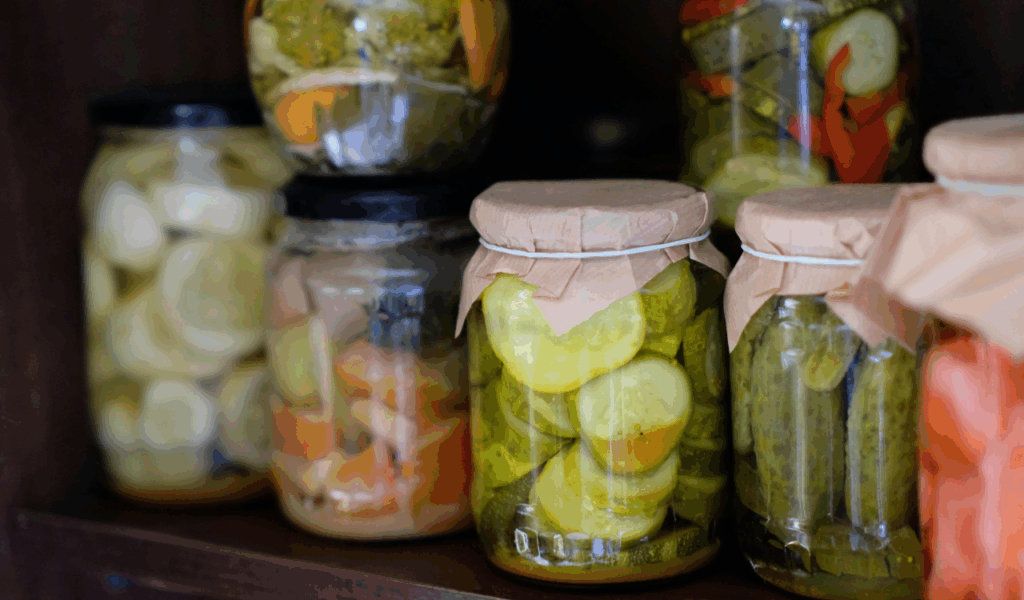
Fermented or pickled foods, such as kimchi, sauerkraut, and pickled vegetables, last a long time and make simple meals more interesting and healthy. A little bit of pickle brine or fermented food can change the taste of rice, sandwiches, stir-fries, or grain bowls. A lot of individuals say they never thought of them as “pantry staples” until they tried them, but now they can’t live without them. If you keep the acidity and cleanliness levels right, the healthy bacteria that are good for your health are a nice bonus.
12. Keep powdered or instant broth
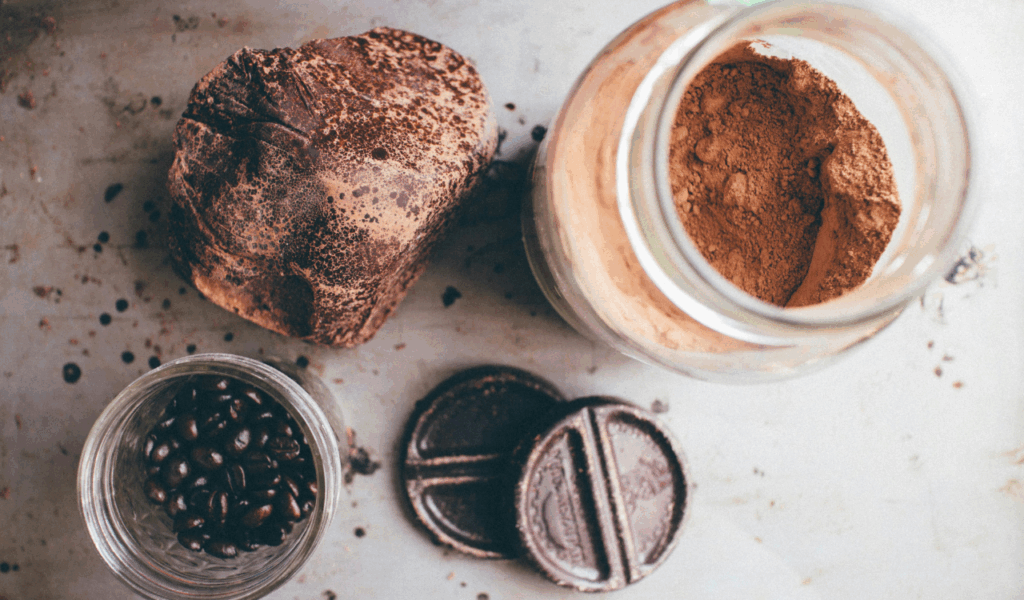
You can easily add flavor to recipes by keeping powdered bouillon, dry soup base, or instant broth cubes on hand. Switching from water to even a light broth base makes rice, grains, soups, stews, and sauces taste better. A lot of people think this one pantry update is worth it because it’s a cheap way to make bland food taste good without having to buy a lot of bottled broths or make stock from scratch all the time.
13. Rotate older items forward and do quarterly reviews
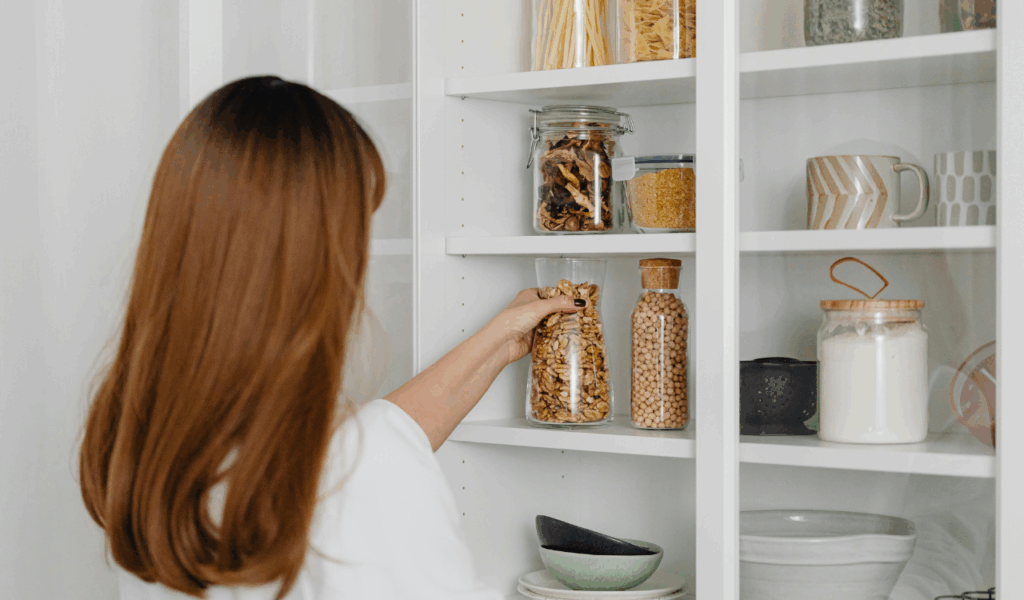
This update is more about changing habits than buying things. Do a “pantry audit” every few months. Move older items to the front, check their expiration dates, throw away anything that is rotten or rancid, and rearrange things. Many people who shop indicate that this maintenance alone kept them from buying the same things twice or letting food go bad. This easy practice, along with the other 12 changes, makes sure your pantry stays organized, fresh, and really works for you.

